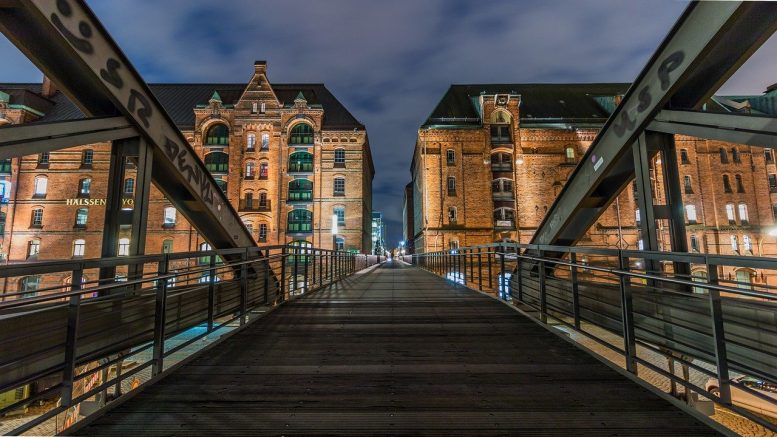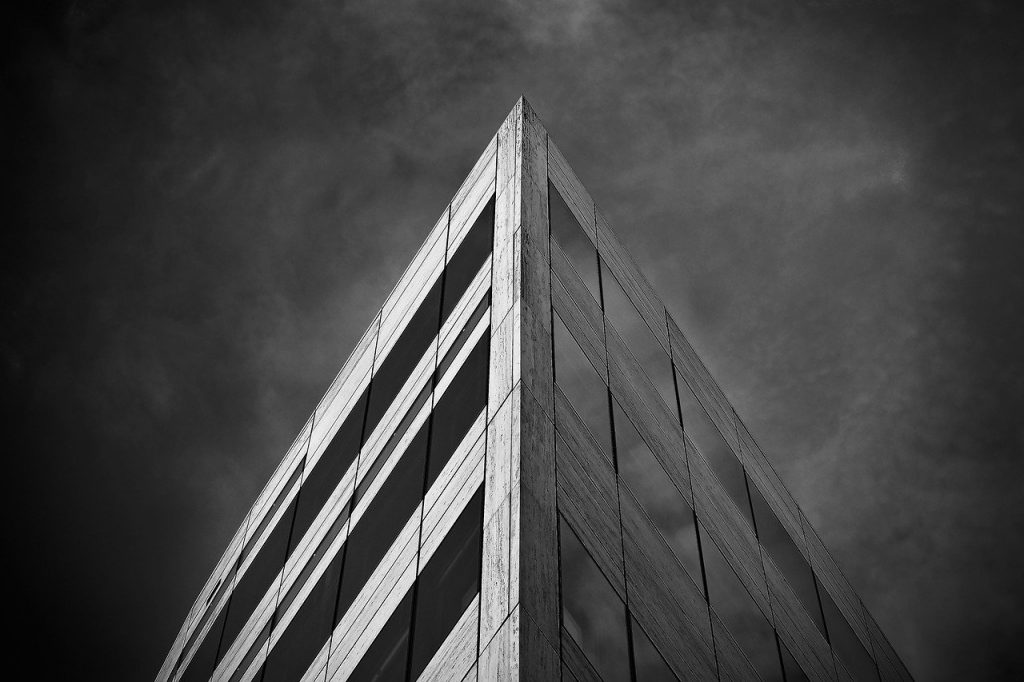During a summer’s day, do you feel that staying at home is much hotter than hanging out by the terrace? How about when it’s the cold season, do you feel that your building stays warm enough not to use the heater? If you feel secure and comfortable inside the house regardless of the season, is it due to the outer wall of the structure or the building you are living in? To answer these questions, you may check out what cladding system you are using.
What is cladding?
Cladding, as regarded in construction, is the process of applying additional material over another to provide thermal insulation and resistance to different weather while enhancing a building’s outer appearance. As cladding is done, a wall is provided of a cavity where rain could run down protecting the material from damage by water. Cladding is a strategy that helps in maintaining a building’s sturdiness.
What is the purpose of cladding?
In dealing with the weather, the cladding process provides a lower refractive index at the core interface causing the reflection to happen within the core. This way, light waves get transmitted through the fibre enabling the structure to resist heat.
The cheapest cladding option is to use PVCu. Also known as vinyl, it is a combination of salt and ethylene. With its effectivity, affordability, and earth-friendly properties, it seems to be the ideal amongst all types of cladding. But if you have allotted budget for it and are considering a top-quality choice and are considering an aesthetic effect, timber may be preferred.
What is the most used type of cladding?
Surprisingly, neither PVCu nor the most used timber cladding for building exteriors is the popular opinion, but it’s the aluminium cladding. Since aluminium is the most abundantly used metal in construction and because of its unique properties, aluminium cladding was much preferred more than anything else.
What are the important properties that make Aluminium widely used for cladding system?
- Aluminium itself is lightweight but is almost as strong as steel.
- As aluminium corrodes, aluminium oxide develops protecting the pure metal from further surface corrosion, therefore is least likely to get damaged.
- Compared to any other non-ferrous metal, aluminium stays sturdy when alloyed with other metals making it favourable for architects to use.
- Due to economical, functional, and aesthetical reasons, aluminium is chosen most of the time as the optimal material for cladding.
- It is a good heat radiator and could take up until 113°C.
What is a timber aluminium cladding and why use it?
Retaining how an aluminium looks isn’t that aesthetic. It defies the idea of elegance, class, and aesthetics. It is too industrial-looking to stand on its own. However, aluminium cladding can be done with a timber-look finish.
Timber Aluminium Cladding is an architectural type of cladding system in which the look and energy of any outdoor facade and internal linings are enhanced. This makes it ideal for any new residential or commercial structure, renovations, and buildings.
Because aluminium is sturdy, it is least likely to crack, splinter, or warp. The added protection it gives the building is one of its most crucial advantages. Together, the aluminium timber cladding panels shield the internal building materials from strong elements such as sunlight, water, and extreme temperatures. This helps in sustaining the mechanical stability of the whole building.
Of course, compared to the real wood, aluminium timber cladding offers an overall lightweight alternative if you opt to include solid timber battens in your design. It doesn’t fade, it is heat resistant, and extensively, it is resistant to fading and obvious corrosion.
Conclusion
Timber-look aluminium cladding satisfies all conditions to be so-called of top-quality. No rivets, screws, nailing, and welding needed to use to achieve that aesthetic finish that could transform any building into a statement. To that, it adds true beauty to a structure while being an economical option. Because of its malleability, processing can be done easily and quickly. It is far from being too costly while being excellent in weather resistance and promising long-lasting durability. Also, there’s improved sound dampening. Overall, it’s easy to manage.





